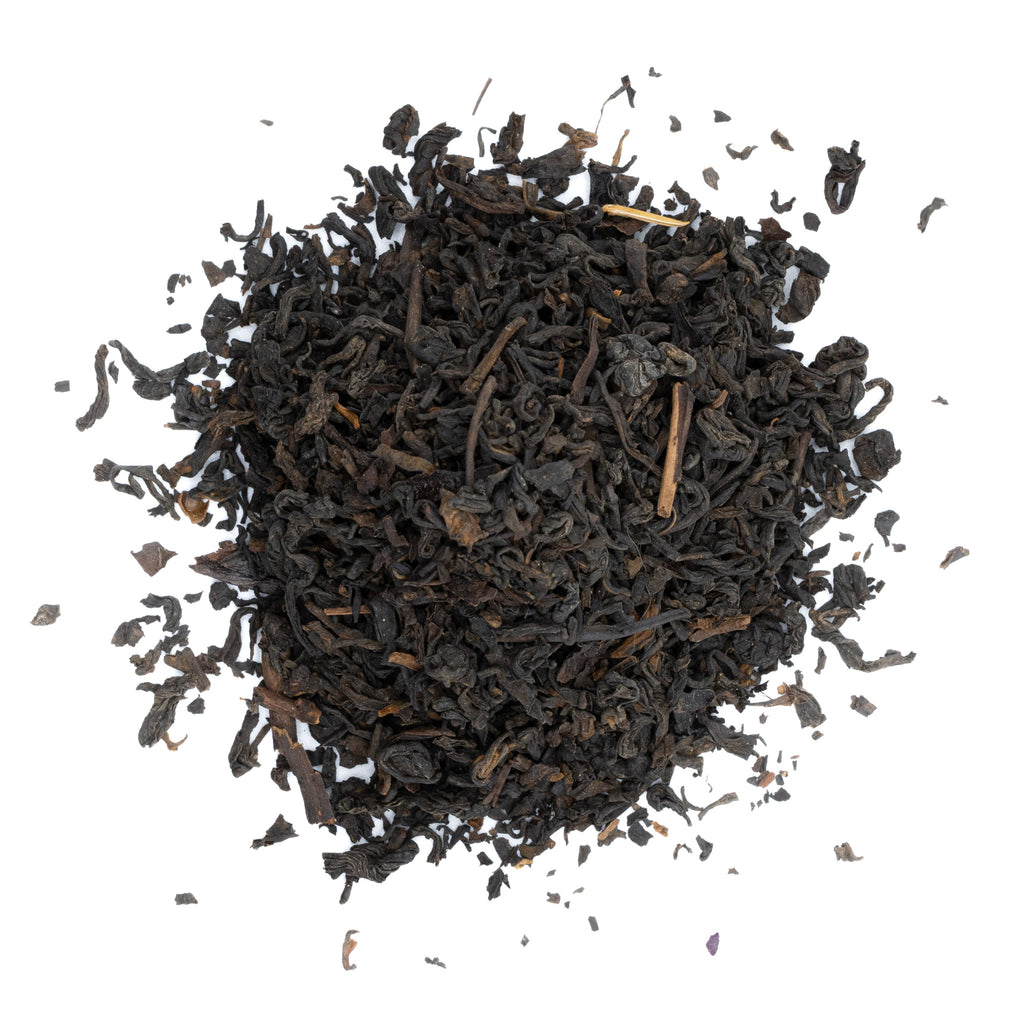Hei Cha

Hei Cha (黑茶)
Also known as Dark Tea, Black Tea, and 黑茶.
Hei Cha is a category of tea that has undergone the post-fermentation (后发酵) process.
Name
- 黑 (pronounced Hei in Mandarin): means "black" or "dark."
- 茶 (pronounced Cha in Mandarin): means tea.
Examples
- Anhua Hei Cha (安化黑茶)
- Fu Zhuan (茯砖)
- Goishicha (碁石茶)
- Hubei Hei Cha (湖北黑茶)
- Liu Bao (六堡)
- Shu Puer (熟普洱)
- Zang Cha (藏茶)
Note: In common discourse, the term generally excludes Sheng Puer
Should a tea be classified as Hei Cha based solely on its intended production method, or should any teas that have undergone fermentation (accidentally or intentionally) be included in this category? For simplicity and to avoid further confusion on an already complex topic, I believe we should use the former definition.
Flavor
Hei Cha flavors range widely amongst different localities and types. Broadly speaking, the category features wood, mushroom, broth, soil, and metallic notes.
I stay away from Hei Cha with fishy notes; a possible indication of problems within the fermentation process.
Production
Production process varies widely between different kinds of Hei Cha. The common factor is usually the Wo Dui (渥堆), or Wet Piling, process. Hei Cha is often created from mid-sized leaf material, or Zhong Ye Zhong (中叶种).
Depending on local tradition, the leaves are steamed and then compressed into any number of shapes, including bricks, mushrooms, bird's nests, and cakes. Large quantities may also be stored in bamboo containers and stored for later use.
Explore Further
